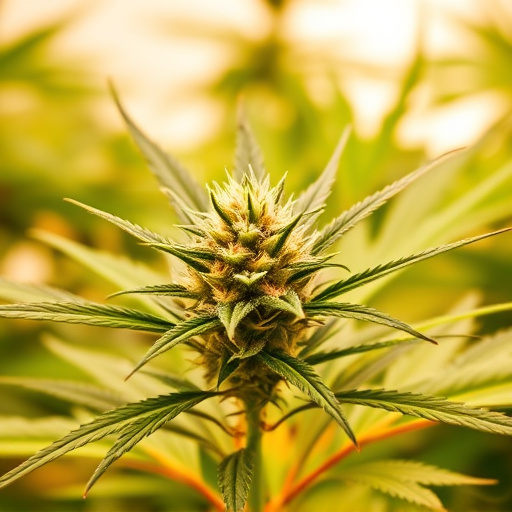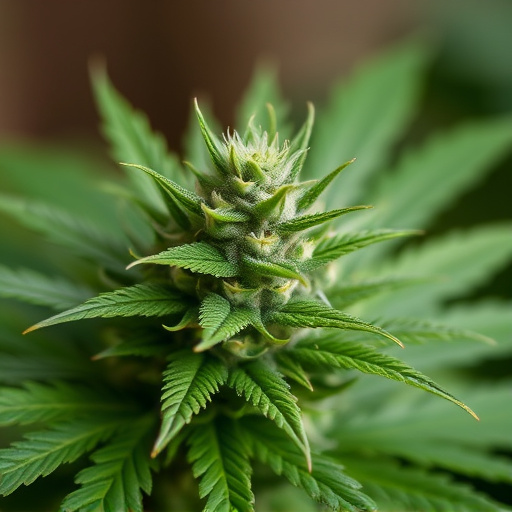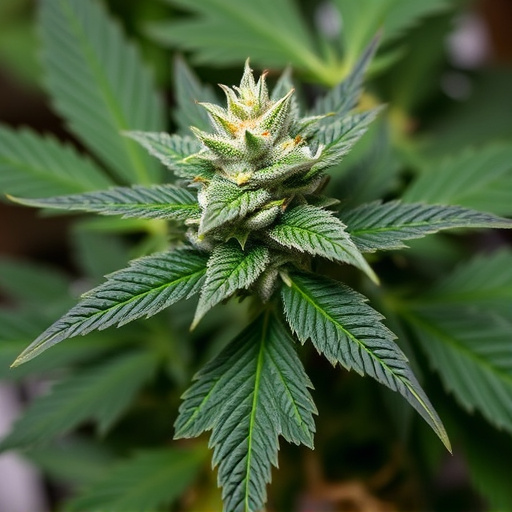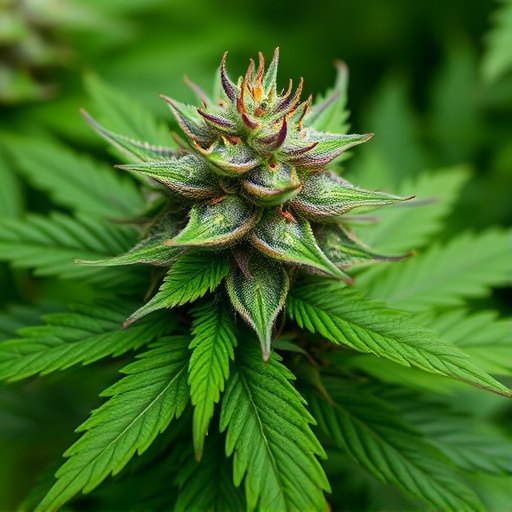Cannabis chemistry, driven by terpenes (e.g., linalool, myrcene) and cannabinoids (THC, CBD), significantly influences its effects on the body, including potential migraine alleviation. Balanced THC:CBD ratios in strains like Lavender and Lemon Balm can reduce pain, inflammation, and nausea. Genetic differences in metabolism and tolerance levels lead to varied responses to cannabis. High-CBD strains offer anti-inflammatory benefits, while terpenes provide calming effects. Understanding individual needs and exploring diverse strains is crucial for selecting the best cannabis strains for migraines and achieving natural relief.
Unraveling the complex relationship between cannabis and its effects is a fascinating journey into the intersection of chemistry, biology, and individual experiences. This article explores the multifaceted factors that shape how cannabis interacts with our bodies, focusing on terpenes and cannabinoids as chemical key players. We delve into the role of individual variations in metabolism and tolerance, revealing how these factors contribute to diverse responses. Additionally, we uncover strain-specific characteristics and their potential in providing relief for migraines, highlighting the best cannabis strains for this purpose.
- Understanding Cannabis Chemistry: Terpenes and Cannabinoids
- Individual Variations in Metabolism and Tolerance
- Strain-Specific Characteristics and Their Impact on Migraine Relief
Understanding Cannabis Chemistry: Terpenes and Cannabinoids
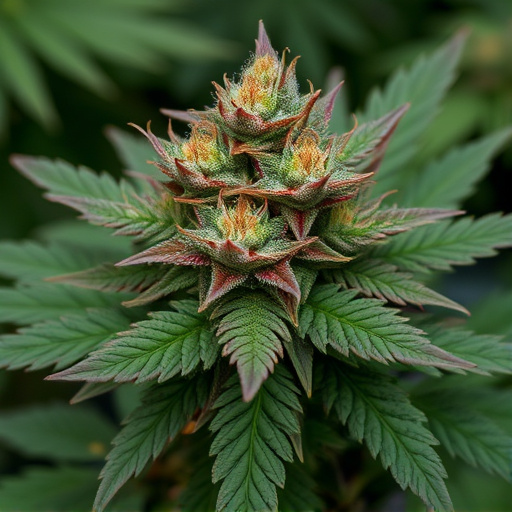
Cannabis chemistry is a complex world that plays a pivotal role in determining its effects on the human body, including its potential to alleviate certain conditions like migraines. At the heart of this are terpenes and cannabinoids—two key chemical compounds responsible for cannabis’s diverse range of impacts. Terpenes, often referred to as the essential oils of plants, contribute significantly to the aroma and flavour of different cannabis strains. They also interact with the body’s endocannabinoid system, influencing mood, memory, pain perception, and inflammation. For instance, strains known for their high terpene content like Lavender or Lemon Balm have gained popularity for their soothing and calming effects, making them potential treatments for migraines and anxiety.
Cannabinoids, notably THC (tetrahydrocannabinol) and CBD (cannabidiol), are another crucial component. THC is the primary psychoactive compound known for its euphoric effects, while CBD does not induce a high but offers therapeutic benefits without psychoactivity. Best cannabis strains for migraines often have balanced ratios of THC and CBD, leveraging their combined properties to reduce pain, inflammation, and nausea. Understanding these chemical interactions can help users make informed choices when selecting strains for specific needs, ensuring optimal relief from conditions like migraines.
Individual Variations in Metabolism and Tolerance
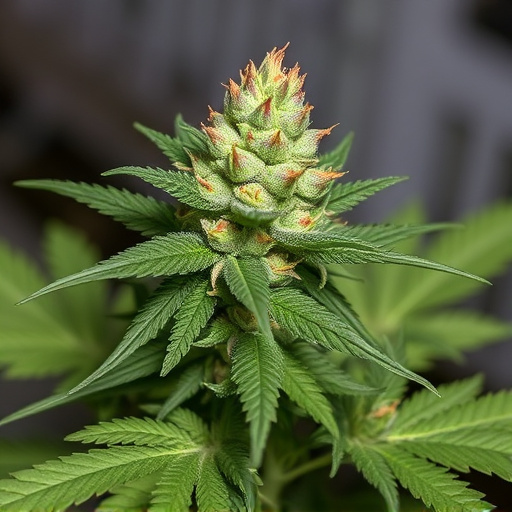
The way cannabis affects individuals can vary greatly, and a significant factor in this is metabolism. Everyone metabolizes cannabis differently due to genetic differences, which can lead to varied potencies and effects. This means that what might be an effective dose for one person to alleviate migraines when considering the best cannabis strains for migraines could be too strong or weak for another.
Tolerance also plays a crucial role in these variations. Regular users may build up tolerance, requiring higher doses to achieve the same results. Conversely, occasional consumers might experience more pronounced effects from smaller amounts. These individual differences highlight the importance of personal experimentation and consulting experts for guidance on finding the right cannabis strain and dosage.
Strain-Specific Characteristics and Their Impact on Migraine Relief
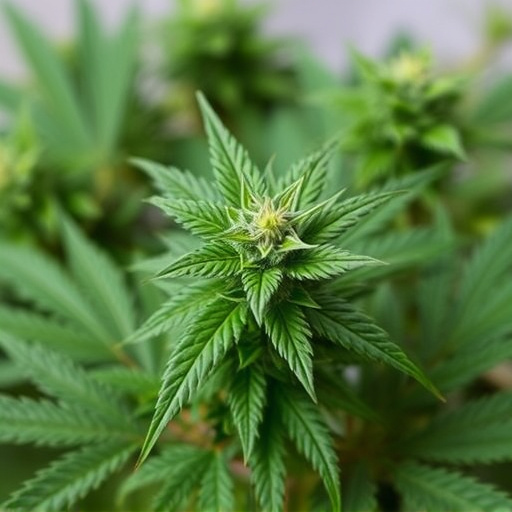
The impact of cannabis on migraine relief is a topic that has garnered significant interest, leading many to seek natural alternatives for managing this debilitating condition. Among the various factors influencing cannabis effects, strain-specific characteristics play a pivotal role. Different cannabis strains offer unique combinations of cannabinoids and terpenes, which are responsible for their distinct therapeutic properties. For instance, strains high in CBD (cannabidiol) have gained attention for their potential anti-inflammatory and pain-relieving effects, making them promising candidates for migraine treatment.
When considering the best cannabis strains for migraines, it’s crucial to understand the specific needs of individual sufferers. Certain strains known for their balancing properties can help regulate mood and reduce inflammation simultaneously, addressing common triggers for migraines. Terpenes like linalool and myrcene, found in many therapeutic strains, have been linked to calming effects and pain reduction. Therefore, exploring various cannabis strains and their unique profiles is essential for those seeking natural relief from migraines, allowing them to navigate the intricate world of cannabis therapeutics.
When it comes to finding relief from migraines, understanding the complex interplay between cannabis chemistry, individual metabolism, and strain-specific characteristics is key. Terpenes and cannabinoids, the chemical compounds responsible for cannabis’ unique effects, interact with our bodies in diverse ways. Add to that personal variations in metabolism and tolerance, and the picture becomes even more nuanced. While research continues to evolve, exploring specific strains like those known for their migraine-relieving properties, such as certain best cannabis strains for migraines, can offer targeted relief for many individuals.
